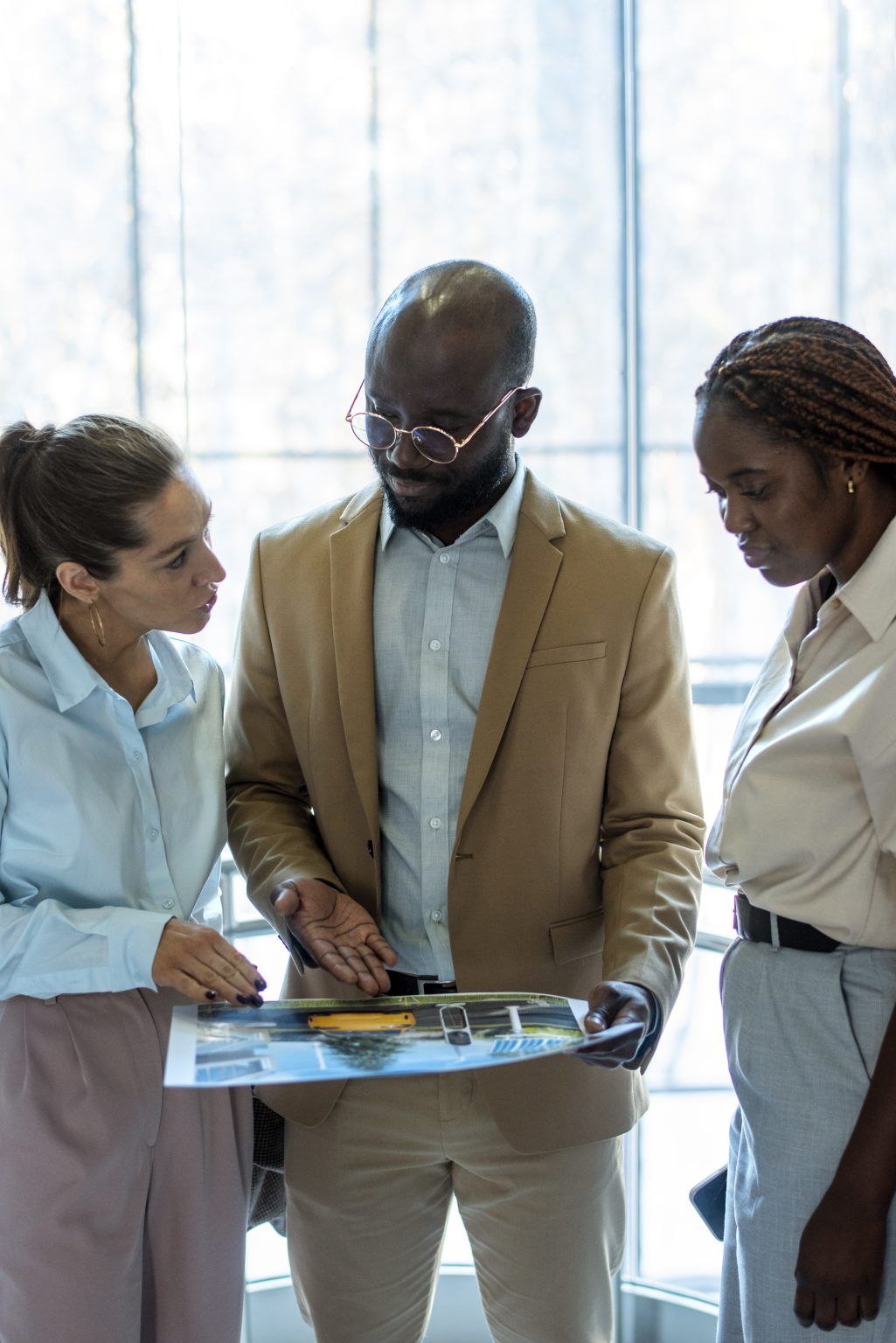In today’s rapidly evolving business landscape, organizations often find themselves at a crossroads: how to drive meaningful change while honoring their traditional values and practices. This delicate balance between innovation and tradition is crucial for maintaining organizational identity and stability while adapting to external pressures and market dynamics. Leaders in both the public and private sectors face the challenge of navigating this transition effectively to ensure long-term success.
When new leaders are given a mandate to create change within organizations, they often encounter resistance in the form of “that’s not how we do it here.” This organizational response, known as “social defense,” aims to preserve traditions against external attack. Researchers have identified ways in which social defences hinder the implementation of good ideas. However, a key to overcoming this resistance is “expressing care for a shared organizational intent”.
Discovered Fact: The ADKAR® Model for Change

The ADKAR® Model is a structured framework widely used for analyzing and understanding change from a human perspective.
Elements of ADKAR:
- Awareness: Understand the need for change.
- Desire: Develop a personal desire to support the change.
- Knowledge: Acquire the necessary knowledge and skills.
- Ability: Apply new knowledge and skills effectively.
- Reinforcement: Sustain the change over time.
- Application: Organizations can use the ADKAR model to guide change initiatives, ensuring that individuals embrace and adapt to new ways of working.
This article delves into the dynamics of driving organizational change through people. We explore opportunities, challenges, and the way forward for both public and private sector organizations.
Opportunities:
- Innovation and Modernization: Firstly, it allows them to harness the power of innovation and modernization to stay competitive in their respective industries. By adopting new technologies, processes, and business models, organizations can streamline operations, improve efficiency, and better meet the needs of their stakeholders.
- Shared Purpose and Intent:
- Organizations can harness the power of shared purpose and intent. When leaders express genuine care for the organization’s mission and vision, it lowers social defences and encourages openness to change.
- Opportunity: Aligning everyone around a common goal fosters collaboration and commitment.
- Inclusive Decision-Making:
- Involve employees at all levels in decision-making processes. When people feel heard and valued, they are more likely to embrace change initiatives. Moreover, embracing change while retaining traditional values fosters a sense of continuity and stability within the organization. It demonstrates a commitment to honoring the organization’s heritage and legacy while still evolving to meet the demands of the modern world. This continuity instils confidence in stakeholders, including employees, customers, investors, and the wider community.
- Opportunity: Diverse perspectives lead to better solutions and greater ownership of change.
- Adaptive Leadership:
- Adaptive leaders recognize that change is not a linear process. They adapt their approach based on the organization’s unique context and the people involved.
- Opportunity: Flexibility allows leaders to navigate complexities and respond effectively to evolving circumstances.
Challenges:
- Resistance to Change:
- Overcoming ingrained habits and established norms can be challenging. People fear uncertainty and disruption.
- Challenge: Leaders must address resistance head-on and communicate the rationale behind change.
- Cultural Barriers:
- Different organizational cultures may clash during change efforts. Bridging these gaps requires sensitivity and cultural intelligence.
- Challenge: Balancing tradition with innovation without alienating any group is complex.
- Fear of Loss:
- Change often involves letting go of familiar practices. Employees may fear losing their roles, status, or comfort.
- Challenge: Leaders must create a safe space for expressing concerns and addressing fears.
Way forward:
- Communicate Transparently:
- Leaders must communicate openly about the need for change, the rationale behind it, and the benefits it will bring.
- Way Forward: Regular town halls, newsletters, and one-on-one conversations build trust.
- Empower Change Agents:
- Identify change champions within the organization. These individuals can influence their peers and drive change from within.
- Way Forward: Provide training and resources to empower change agents.
- Celebrate Small Wins:
- Acknowledge and celebrate progress, even if it’s incremental. Small wins build momentum and boost morale.
- Way Forward: Regularly recognize and appreciate efforts toward change.
- Provide Learning Opportunities:
- Invest in training and development programs that equip employees with the skills needed for the changing landscape.
- Way Forward: Continuous learning ensures adaptability.
- Create Psychological Safety:
- Foster an environment where people feel safe to express their concerns, ask questions, and experiment with new approaches.
- Way Forward: Encourage open dialogue and learn from failures.
- Communicate Transparently:
Real-Life Example: Driving Behavior Changes During a Pandemic
Amid the COVID-19 pandemic, organisations faced the challenge of rapidly adapting to new behaviors and ways of working.
- Interventions:
- Encouraging employees to work remotely.
- Implementing health and safety protocols.
- Fostering a sense of purpose and meaning during uncertain times.
- Key Takeaway: Effective change management during crises requires agility, empathy, and clear communication.
Conclusion
Remember that successful organizational change involves a combination of strategy, leadership, and cultural alignment. By embracing opportunities, addressing challenges, and communicating transparently, organizations can drive meaningful transformation while honoring their core values. In both the public and private sectors, driving organizational change through people requires empathy, adaptability, and a commitment to shared goals. By valuing tradition while embracing innovation, organizations can navigate change successfully. In both the public and private sectors, driving organizational change without abandoning tradition requires a delicate balance between innovation and continuity. By embracing change while preserving traditional values and practices, organizations can position themselves for long-term success in an increasingly dynamic and competitive environment.
Remember, change is a journey, and it begins with each individual’s willingness to evolve and contribute to a thriving organization.
Share this article widely—it’s time to drive change!
